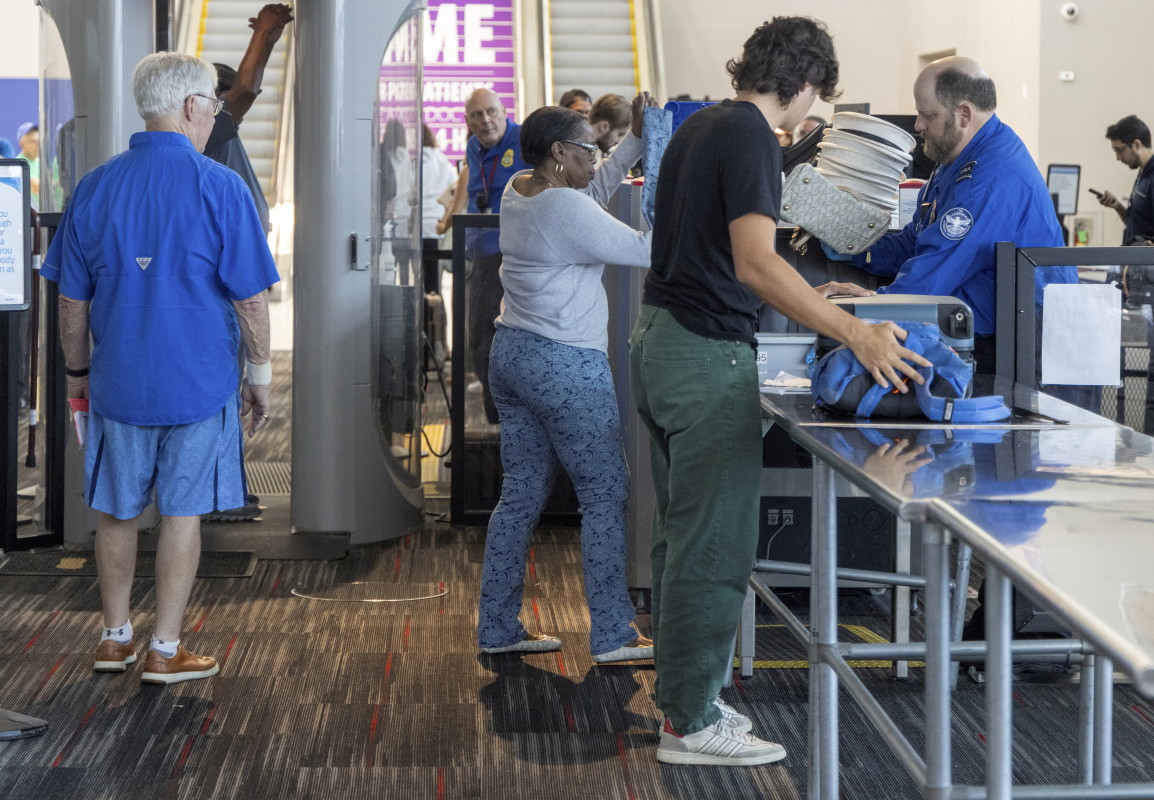Are you one of the people who arrives at an airport hours before a scheduled flight? Or do you prefer the added rush of making it through security at the last minute and still getting to your gate in time?
There are different approaches for different people, but how early should you actually get to the airport for a flight? A new study suggests you don’t need nearly as much time as you probably think.
According to airport transfer service site Transfeero, with data compiled this month by Qsensor, most major airports process passengers through security quicker than anticipated.
Transfeero analyzed 31 airports around the United States, and the highest average wait time was only 21 minutes, found at Daniel K. Inouye International Airport in Honolulu, Hawaii.

Denver International Airport and O’Hare International Airport in Chicago logged only one minute of average wait time, per the results of the study.
Other notable airports included San Diego international Airport (18 minutes), JFK International Airport in New York (9 minutes), Boston’s Logan International Airport (7 minutes) and Minneapolis-St. Paul International Airport (6 minutes).
“Airport security is often cited as the most stressful part of air travel, but data shows that wait times are frequently shorter than expected,” said Transfeero’s Andrea Platania. “For example, Honolulu averages 21 minutes, Los Angeles, Fort Lauderdale, and San Diego sit at 18 minutes, and Seattle and Tampa are just 12 minutes. Out of the 31 airports we analyzed, 13 were busiest on Fridays, yet even then waits rarely exceed 20 minutes.”
The ‘Airport Theory’
Platania mentioned the “airport theory,” which is the popular belief that passengers must get to the flight hub particularly early.
It’s not accurate, she argues.
“The airport theory highlights how passengers tend to overcompensate, arriving hours in advance ‘just to be safe,’” Platania said. “This habit can create unnecessary stress, wasted time, and prolonged periods in uncomfortable lines. The solution lies in preparation: monitoring live wait times, booking Fast Track when possible, and having documents and liquids ready.”
When should you actually arrive for a flight?
Platania says that even at airports with longer projected wait times, like Honolulu, LAX or Las Vegas, a “30–45 minute buffer” will work as opposed to the typically recommended two hour timeframe.
“By aligning arrival strategy with actual data, passengers can reduce anxiety and focus on enjoying the start of their trip,” she added. “Essentially, the combination of accurate information, digital tools, and smart preparation can transform airport security from a dreaded experience into a predictable, manageable process.”
Tips for navigating security
Platania says travelers should always be aware of an airport’s peak travel times, as well as flight schedules and typical security protocols.
To ensure as smooth a security experience as possible, keep an eye on live-wait times, make sure your documents (passport and ID) are readily accessible, and keep track on any possible delays.
